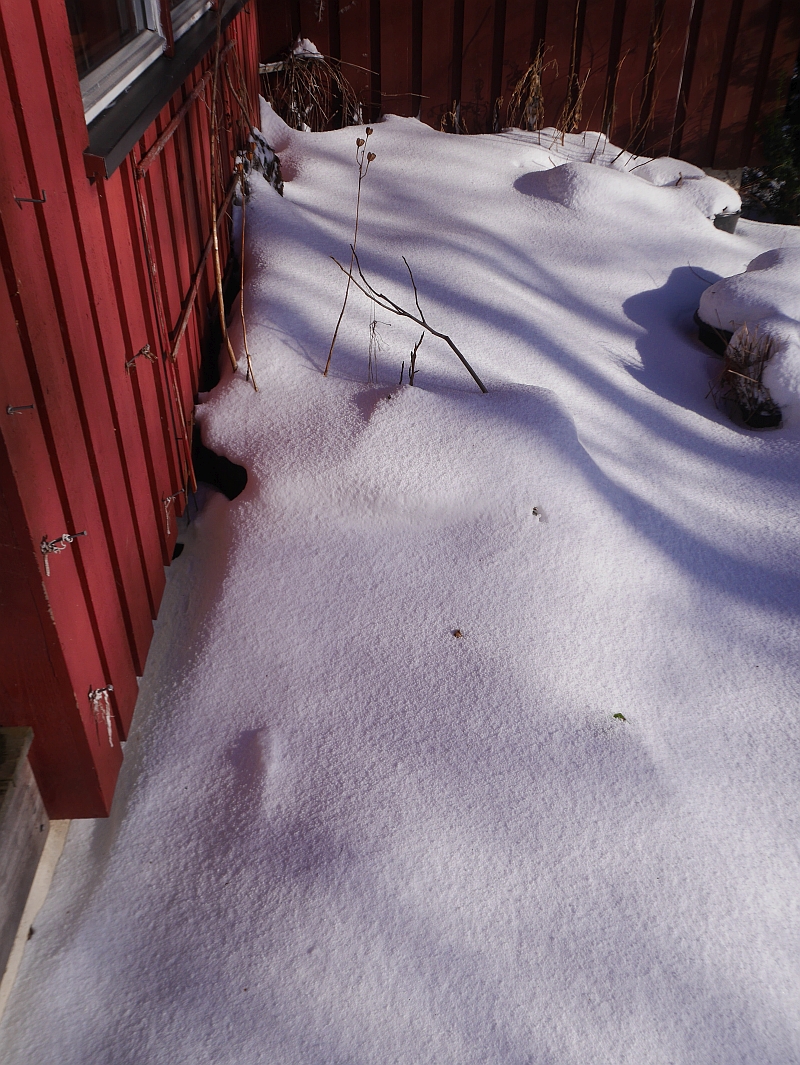I’ve been trying to find out what species the legendary moss-leaved dandelion (as featured in my book) and some other cultivated varieties actually are. I took the series of detailed pictures below of this plant last spring and posted them on the Dandelions of Britain and Ireland group (there are several experts of Taraxacum there including author of the Field Handbook to British and Irish Dandelions, John Richards)
Dutch expert Karst Meijer has ID’d the plant as Taraxacum tortilobum. We cannot be 100% sure that this is the original plant depicted in the Vegetable Garden (1920), but it makes sense that it was a wild plant that was domesticated as dandelion breeding is difficult as they are largely apomictic. T. tortilobum is found in the wild in northern France, which strengthens the theory that this is the plant. See https://www.gbif.org/species/5394131 where it is known as the twisted-lobed Dandelion.
The plant I grow which is the only line claiming to be the moss-leaved dandelion originated from IPK Gatersleben (German genebank) as Taraxacum sublacionosum “Delikatess” which it isn’t!
Monthly Archives: March 2023
Magic
It’s truly magical now with the whole garden covered with a deep carpet of snow, an important input as it melts helping drive the equally magical annual explosion of growth in The Edible Garden which starts, amazingly, in only a few weeks – a truly magical transition.






Seed sorting for KVANN members
This weekend was my big annual seed pack for members of Norwegian Seed Savers (KVANN, kvann.no). I’m offering some 360 varieties this year and I received orders from 60 members within the time limit, totalling 580 packets. I share my seed nowadays exclusively with KVANN apart from a few trades. Two complete days of packing and I was worn out without leaving my chair apart from a short burst of snow clearing outside. Having done this for over 20 years now, the picture shows I can pack seed without taking my eyes off yesterday’s femmila (50 km cross-country ski race in the world cup). If you get the wrong seed, you now know why ;)
Now time for a ski today!


Hablitzia Pinaattiohukaiset
Yesterday, I was preparing my talk for the Finnish Permaculture Association (see https://youtube.com/live/CYBqioWTr6U) and was reminded that I had mentioned in my book that Hablitzia could be used in place of spinach in Finnish spinach pancakes (pinaattiohukaiset). With my Hablitzia tamnoides (Caucasian spinach; köynnöspinaatit) shoots having grown well recently, I decided to make these Finnish-style habby pancakes for lunch to get in the mood for the talk. I must admit, I didn’t look up a recipe and just improvised (recipes make cooking complicated in my mind!) using ingredients I felt should be in there. Apart from plentiful Hablitzia shoots I mixed in whole grain oat flour, eggs, garlic, chili and pepper and fried them in butter. It was served with a salad which also included Hablitzia! First, the quotation from Around the World in 80 plants (suggested by Jonathan Bates in the US in his article on Hablitzia):






















